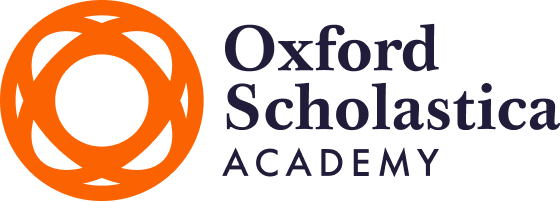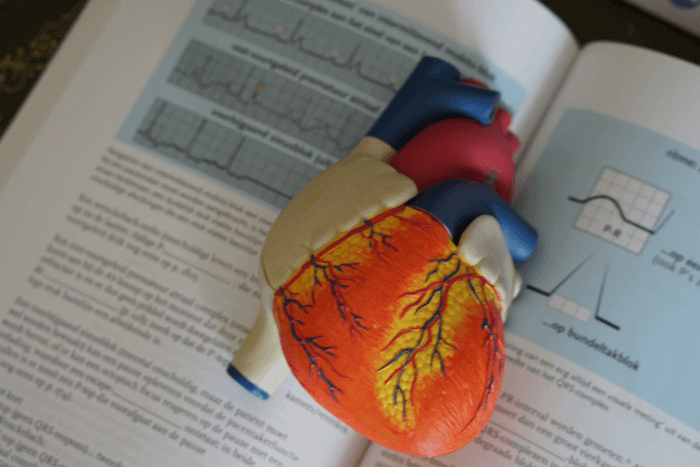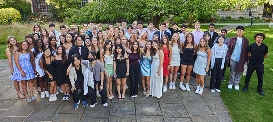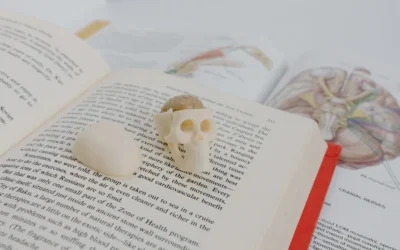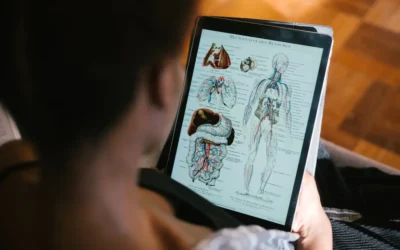A degree in medicine spans many years, so it’s important to make a good choice when committing yourself to your studies. This guide is designed to help you figure out where you’d like to study and practise medicine.
For those interested in getting a head start, our Oxford Medicine summer school offers a taste of what studying medicine at a top university is like.
But first, what does studying medicine really look like?
What Does a Medicine Degree Entail?
A degree in medicine is divided into two phases.
Pre-clinical phase
During the pre-clinical phase, which lasts two to three years, there usually isn’t much patient contact. Instead, the emphasis is on the academic, theoretical side of medicine. You’ll learn about the human body, health and diseases, covering the main disciplines of medicine including:
- Anatomy: the physical structure of the body
- Biochemistry: how things work at a molecular level
- Embryology: how humans develop
- Epidemiology: the study of demographics and statistics: e.g. how many males versus females are affected by a certain disease
- Genetics: the study of genes and inheritance
- Histology: what the body looks like microscopically
- Microbiology: the study of microbes
- Pathology: the study of disease
- Pharmacology: the study of drugs
- Physiology: how the body normally functions
Alongside your academic studies, you’ll attend a skills lab to learn basic clinical skills, such as measuring blood pressure and giving injections. You’ll be assessed by written exams, skills assessments and practical tests.
Clinical phase
The clinical phase, usually lasting three years, involves clinical training to get hands-on experience applying your knowledge in a teaching hospital. You complete rotations in different specialties, and during each round (lasting one to three months), you spend your time working in each department.
Internship
This phase involves working in a hospital, getting involved in surgeries and learning from more senior doctors to get you ready for practice. Some universities integrate this into the clinical phase and some have it is an additional year following the clinical phase.

Teaching Methods
There are two main ways in which the pre-clinical phase is taught.
1. Traditional split
The so-called traditional split is taught by discipline: e.g. you study anatomy, then physiology, then pathology and so on.
2. Integrated split
An increasingly more common method is the integrated split, where you study system by system. For example, you study the anatomy, physiology, histology etc. of a certain system in the body (let’s say the heart and blood vessels), take an assessment on it, then move onto another body system, and so on.
Learning Methods
Across the world, universities have one of two main learning methods: the traditional method and problem-based learning (PBL).
Traditional method
The traditional method involves receiving all your information via frequent lectures and then applying your knowledge in practicals.
Problem-based learning
With PBL, lectures are much less frequent as you learn predominantly through small groups and tutorials. In these tutorials you receive a case (problem) and discuss it. Based on this, you conduct your own research to present to the rest of the group, thus learning in the process.
So, how does PBL work? It involves seven steps that you follow in groups of 10-15 students.
- Discuss the case and make sure everyone understands the problem.
- Identify the questions that need to be answered to shed light on the case.
- Brainstorm what the group already knows and identify potential solutions.
- Analyse and structure the results of the brainstorming session.
- Formulate learning goals for the knowledge that is still lacking – this is what you base your study and research on.
- Study independently, individually or in smaller groups. Read articles or books, follow practicals or attend lectures to gain the required knowledge.
- Discuss the findings.
The initial five steps are covered in the first tutorial. You then have a few days to work individually or in small groups to find answers (step 6) to the learning goals. In the second tutorial, you discuss what you found (step 7), then begin with steps 1-5 again in preparation for the next case.
What Happens After Med School?
After studying for five to seven years, you’ll graduate with either a Bachelor’s degree (BSc) or a Master’s degree (MSc) depending on the country.
For example, in the UK, you graduate with a BSc, while in the Netherlands, the study is split (three years BSc and three years MSc) so that you graduate with a MSc. In the US and Canada, medicine isn’t even an undergraduate study option. This means you have to complete a separate undergraduate degree first (e.g. a three-year BSc in Biology) before even applying to med school.
5 Best Universities for Medicine
With that being said, here are our top five universities for medicine:
1. BSc, University of Oxford (UK)
The University of Oxford’s BSc in Medicine requires you to take a short aptitude test (the BMAT), which assesses your ability to think and interpret data. Based on this and the rest of the selection criteria, you might get shortlisted for an interview (usually four interviews). After this you’ll find out whether or not you’ve been accepted.
Medicine at the University of Oxford is split into three years of pre-clinical, and three years of clinical, studies. Through a traditional split (by discipline) and traditional teaching methods, your pre-clinical years give you a thorough grounding of the theory behind the practice.
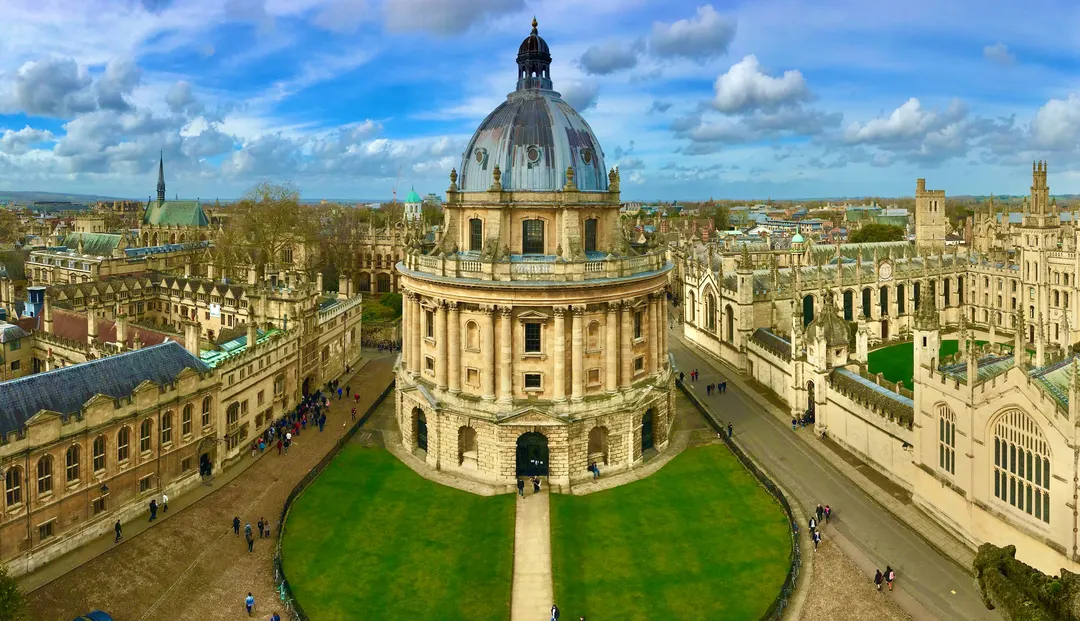
All students in the pre-clinical phase undertake an experimental research project. This will be based on their own interests, allowing students to utilise the university’s world class facilities. For your clinical years, you’ll spend most of your time at the John Radcliffe teaching hospital, where Oxford Scholastica’s Medicine course students also get to practise. This course only takes in a small number of people, so you get the benefit of really getting to know staff and students in a relaxed environment. It also means tutoring can be tailored to your specific needs and style.
Please note: the Oxford Scholastica Academy has no official affiliation with the University of Oxford.
2. MD, Harvard University (USA)
Harvard University’s MD programme follows on from pre-clinical undergraduate study. This means you have to do a Bachelor’s degree in something else before you start the course.
PBL is being introduced as a teaching method here, with two curricular tracks offered: Pathways and Health Sciences & Technology (HST). Partnered with many useful institutions, such as MIT, Harvard provides a variety of research opportunities. For example, there are over 200 elective courses!
The interview day is an open, relaxed day where you explore the medical campus and get to talk to students. You’ll be interviewed by members of the committee at some point during the day and a few months later you will get your answer from Harvard.
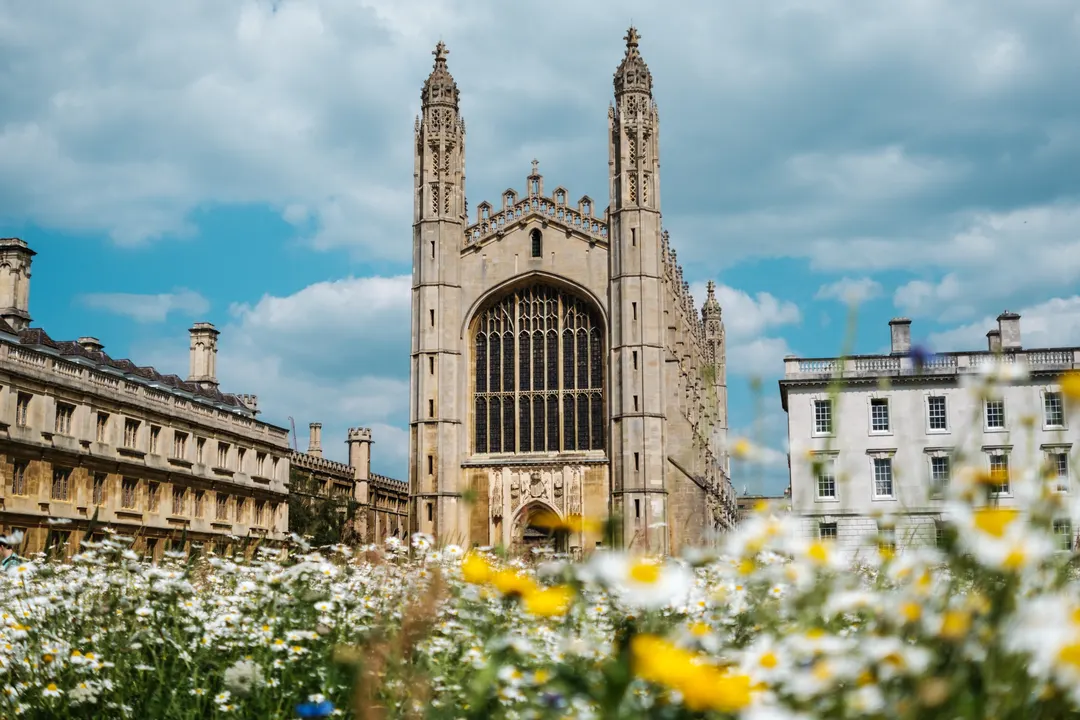
3. BSc, University of Cambridge (UK)
The University of Cambridge’s BSc Medicine course has the same traditional split and teaching methods as the University of Oxford, offering a world-class medical education.
The selection process is similar to that of Oxford’s. A big advantage at Cambridge is that you’ll have weekly supervisions during your clinical years. During this time, a junior doctor will closely monitor and guide you.
4. BSc, Imperial College London (UK)
The selection process for Imperial College’s BSc Medicine course is similar to the Universities of Oxford and Cambridge: a BMAT test followed by an interview. However, the interviews comprise of a series of mini-interviews lasting about 45 minutes each.
The programme is split into phases: phase one (three years), phase two (one year) and phase three (two years).
- Phase 1 is an integrated split via the PBL method. This provides you with sufficient knowledge in the first two years to move onto clinical rotations in the third year.
- Phase 2 comprises a supervised research project in an area of interest.
- Phase 3, known as the clinical phase, consists of clinical rotations at the teaching hospitals of London, with an apprenticeship in your main field of interest.
5. MD, Stanford University (USA)
The MD course at Stanford University is comparable to that of Harvard’s, with a similar admission process and interview.
This programme is taught with an established PBL system, focusing on early clinical exposure.
Additionally, being at Stanford University grants you the opportunity to volunteer in Stanford’s Cardinal Free Clinics and learn basic clinical skills very early on. As a bonus, you’ll share your faculty with six Nobel Prize winners.
Other Top Medicine Universities in the World
Med school isn’t just about the UK and the US though. While it’s true that lots of countries teach medicine in their native language, there are a few exceptions where internationally-focused universities offer courses in English.
Two highly-ranked universities in this group are located in the Netherlands.
It’s important to note that in the Netherlands, med school is split into a three-year Bachelor’s phase (taught in English in two universities: Maastricht and Groningen), followed by a three-year Master’s phase (taught in Dutch across the whole of the Netherlands, with no English options).
Therefore, if you plan on studying medicine in the Netherlands, you need to be prepared to learn the language. After all, you will be treating Dutch patients, so a knowledge of the language is needed. Don’t worry, though – three years living in a Dutch-speaking country, along with the language courses provided by the university, are more than enough to bring you up to speed.

1. University of Maastricht (Netherlands)
A pioneer in PBL, the University of Maastricht offers the opportunity to fully control your medical studies.
To get in, you need to complete three selection rounds: the first is submitting your grades and diploma; the second round involves building up a portfolio of assigned essays. If you do well in the first two rounds, you get invited to participate in the selection day in Maastricht. Here you’ll complete the third selection round, involving a computer test and a written test.
A huge advantage at the University of Maastricht is that from the first year, you gain experience in conducting consultations in simulated patient contacts (SPCs). During an SPC, an actor, whose job it is to play the part of a patient, will come to you with their complaints. This means you’ll learn how to handle a consultation without the pressure of a real patient. This prepares you well for the third year, where you’ll be going to outpatient clinics every week to participate in real consultations with guidance from a specialist.
For those looking to practise history-taking and take part in a patient consultation, our online Medicine course gives students the opportunity to perform a psychiatric evaluation from the comfort of their own home.
2. University of Groningen (Netherlands)
Although slightly more traditional than Maastricht, the University of Groningen also offers a problem-based learning style.
It’s universally regarded as a top university, ranking regularly in the top 100 universities. As part of the English track, you can study medicine either with a focus on global health or molecular medicine. The latter orients you more towards research, while the former more towards practice.
The selection process is the same as Maastricht’s, involving three rounds ending with a set of tests taken in Groningen.
3. University of Milan (Italy)
The unique thing about this medicine course is that there are no admission procedures except one entry exam. You don’t need high school grades, portfolios or extracurricular activities. The exam (called the IMAT, held in English) is held in more than 20 cities around the world, so you don’t have to fly to Italy until you know you’re in. It is, however, very competitive.
What sets Milan apart from the Dutch universities is that the full course is taught in English. As a bonus, Italian language lessons are provided simply to help with your daily life and communication.

By Diego Balassini
Diego is a practising junior doctor, having graduated from Cambridge University and Barts and the London School of Medicine. His undergraduate thesis focused on cancer biology and therapeutics. He is planning a career in reconstructive and plastic surgery, hoping to draw together innovations from tissue bioengineering and stem cell research.
